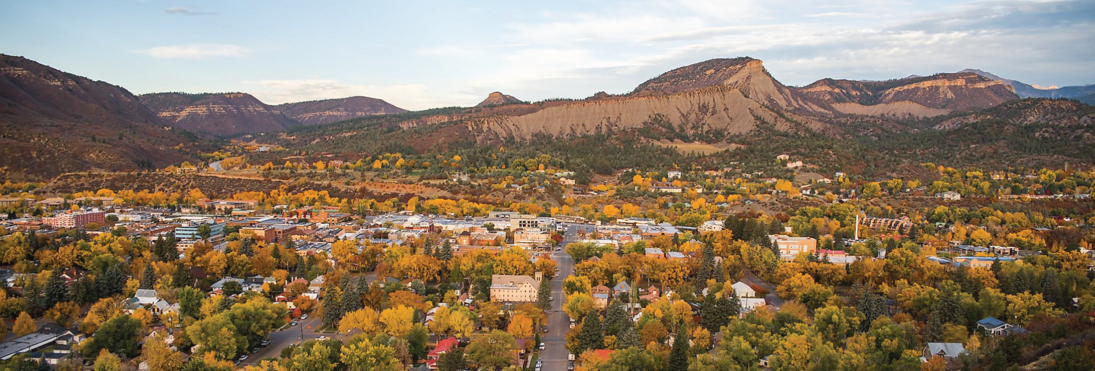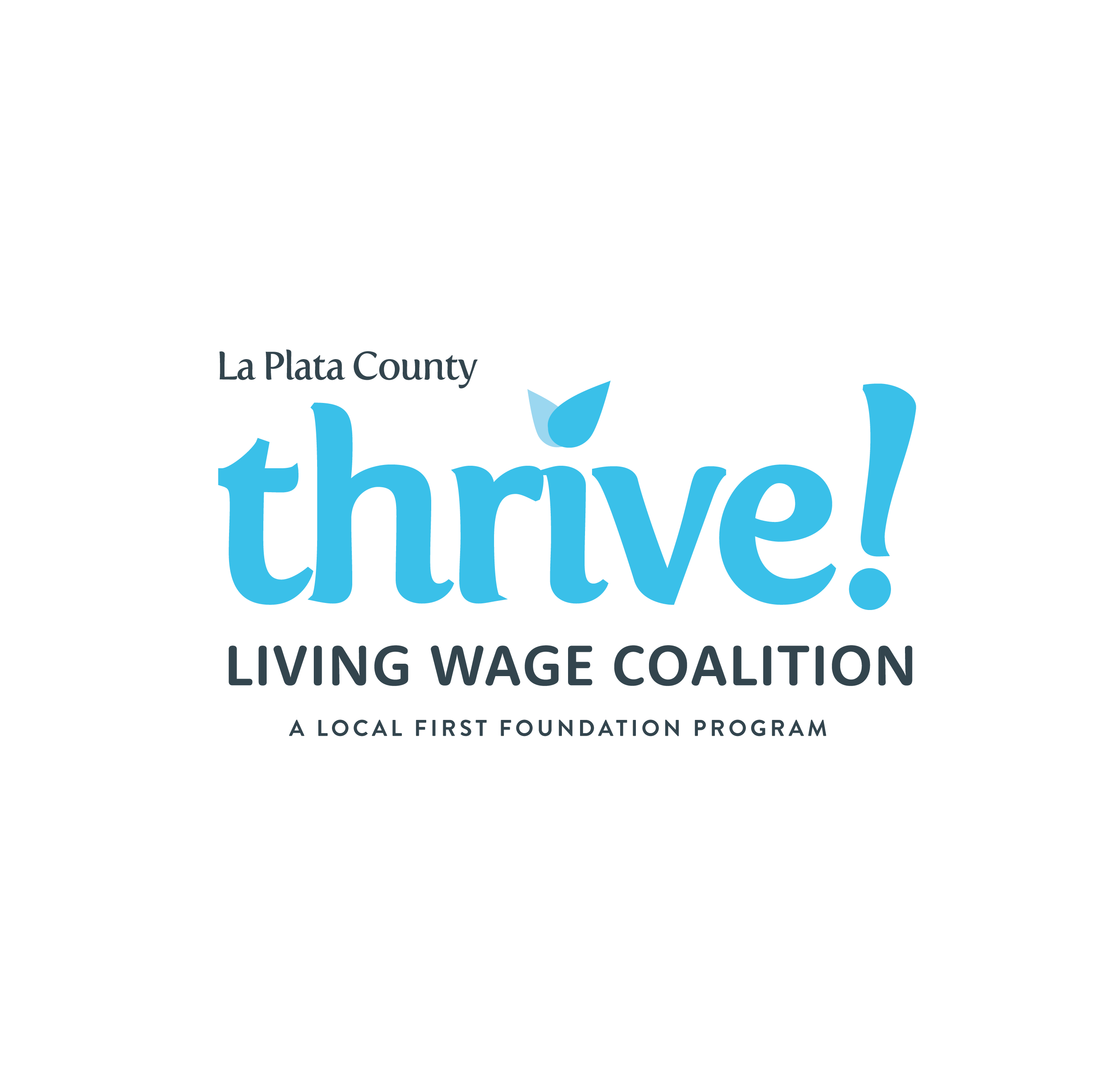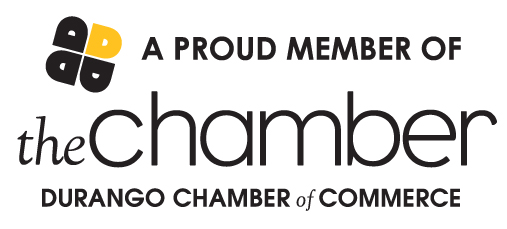The sales of a handful of prominent private and publicly-owned properties in Durango have been hot topics of discussion within our community over the past few months.
From city-owned properties to public safety and school board buildings, and even our beloved community garden – residents are concerned about the best use of these assets.
And rightfully so. In many respects our city and county operate like corporations, no different than a local bookshop or agricultural farm: Revenue and expense flow within a finite boundary. Property and the physical assets built on them are the “crops” our local governments use to grow community wealth and invest in opportunity for our residents. And as taxpayers, all residents are stakeholders in the operation.
The way properties, buildings and assets are used has a heightened importance in La Plata County, where nearly 62% of our land is nontaxable. Compared with other counties, La Plata has an aggressive open-space policy, which reflects our community’s principled value of preserving our natural, recreational sites. In return, however, this means that the 38% of taxable land available must be even more economically potent because we have less acreage to work with when creating opportunity and income for the city and county as a whole.
Taxable land, potential for sales tax generation, and the physical assets on the land represent large sources of municipal and county revenue. As recently as 2014, sales taxes funded over half of Durango’s general fund, while La Plata County acquired 37% of its general fund revenues from sales tax and 40% from property tax. Together, sales tax funds about half of county/city general funds, while property taxes contribute about a quarter.
This revenue is then reinvested in our community through infrastructure improvements, programming, and long-term planning. When we talk about the economic potency potential of these assets through the lens of Local First’s mission, we are discussing the creation of meaningful development opportunities for private, local, independent ownership that consider impacts on our environment, future generations and community legacy.
Through this lens (commonly referred to as Community Wealth Building), local ownership not only provides a necessary tax base for our local governments, but perhaps more importantly, opportunity for our neighbors. Whether that looks like residential co-ownership to preserve the longevity of a mobile home community or multi-use development to pair local businesses with affordable housing units – access to capital through entrepreneurial ventures enables community members to achieve financial independence while contributing meaningfully to our local economy.
While we may not have the ability to provide input on the sale and use of every asset within our community, we look to our elected officials, city/county staff and public entities to support private partnerships with local residents for mixed-use development on the properties they occupy to provide community wealth opportunities for all of us.
Back in 2016, Local First partnered with several local businesses and organizations to bring economist Joe Minicozzi to La Plata County to assess the economic opportunity within our community. The resulting study illuminated the importance of the tax revenue generated by our local, independent businesses. (Learn more about this study, here.) We are looking forward to Local First and its partners are working, once again, to bring Minicozzi back for a Green Business Roundtable this fall.
Visit Local First’s website (local-first.org) and subscribe to our newsletter for more information about the importance of local, independent businesses and how they pave the way for opportunity in our community.
Lauren Haggerty is Policy & Programs director of Local First. Contact her at lauren@local-first.org.
(This article originally appeared on Saturday, September 4th, 2021 in The Durango Herald. Digital version available, here.)








